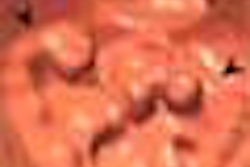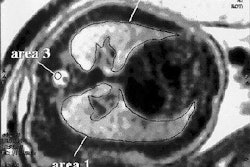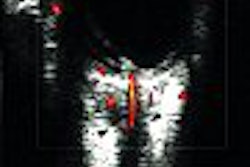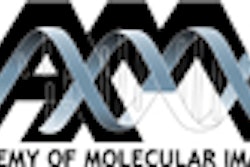The proliferation of PET/CT has yielded major clinical advances that benefit patients, who get better care, and imaging specialists, who get more powerful technology to work with. But woe to those tasked with purchasing one of the new machines -- the variety of configurations available is enough to make your head swim.
Dear AuntMinnie Member,
The proliferation of PET/CT has yielded major clinical advances that benefit patients, who get better care, and imaging specialists, who get more powerful technology to work with. But woe to those tasked with purchasing one of the new machines -- the variety of configurations available is enough to make your head swim.
The CT component of a PET/CT system is available in models that range from dual-slice to 16-slice configurations, with even higher slice counts on the horizon. And while BGO was once the only available scintillation crystal for the PET component, even that has changed, with new systems employing LSO and GSO crystals, each with different performance characteristics.
Prospective PET/CT buyers should let their intended applications drive the type of scanner they buy, according to prominent nuclear medicine physician Dr. Homer Macapinlac. Dr. Macapinlac provides his insights on PET/CT purchasing in an article we're featuring this week in our Molecular Imaging Digital Community by staff writer Jonathan S. Batchelor.
A nuclear medicine physician's needs are different from those of a radiologist hoping to break into functional/anatomical imaging, or even a cardiologist planning to use PET/CT for heart imaging. The type of facility -- imaging center versus hospital, private facility versus academic institution -- can also affect the decision, he said.
Learn more about PET/CT purchasing in our Molecular Imaging Digital Community, at molecular.auntminnie.com.



















